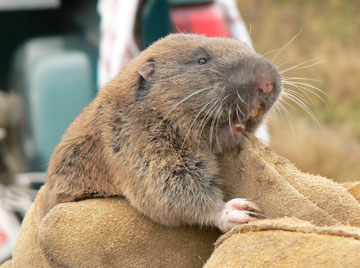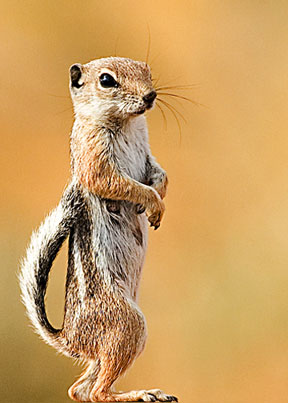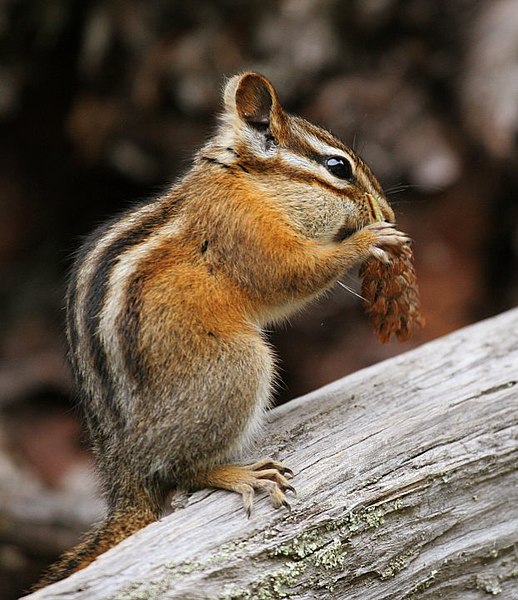 |
| A Groundhog (Marmota monax) |
We have all watched Punxsutawny Phil or Wiarton Willie emerge from his burrow to forecast the weather countless times, but where in the world did this tradition come from? And what is a groundhog in the first place?
Well, I am glad you asked, dear reader, for although these rotund rodents are national celebrities, most Groundhog Day revelers don't realize what a groundhog really is.
Groundhogs go by many names, other than "Phil" and "Willie" of course. Some call them whistle-pigs, land beavers, and, more commonly, woodchucks. But groundhogs do not have any immediate relations in the swine family (Suidae) and definitely aren't beavers. Rather, groundhogs are squirrels. Yes indeed, groundhogs (Marmota monax to be precise), and all other marmots for that matter, are the largest members of the squirrel family, Sciuridae.
 |
| An Olympic Marmot (Marmota olympus) |
What's the difference between these mammals, you ask?
Well, that depends on your definition of each critter.
Marmots are large Scuirids in the genus Marmota. In some regions, prairie dogs are also known as marmots, however these squirrels are in the genus Cynomys. Fun fact: the Olympic Marmot (Marmota olympus) is the only mammal uniquely endemic to Washington State.
 |
| A Mazama Pocket Gopher (Thomomys mazama) |
Gophers are equally difficult to define. Colloquially, gophers can include Scuirids, such as typical ground squirrels (as mentioned above) and prairie dogs, or it can include or members of the pocket gopher family, Geomyidae. The most common pocket gophers here in the Pacific Northwest are members of the genus Thomomys such as the Northern Pocket Gopher (T. talpoides) and the endemic Mazama Pocket Gopher (T. mazama).
 |
| A White-tailed Antelope Squirrel (Ammospermophilus leucurus) |
To learn more about Groundhog Day and its history check out this Wikipedia page. To learn more about "gophers" click here. Still curious about groundhogs and marmots? Click here!
And for those of you still intrigued by a rodent's weather-predicting capabilities, according to Punxsutawny Phil, we are set to have an early spring!
Happy Groundhog Day!
-Robert Niese
Education and Outreach Specialist



4 comments:
Part of the Squirrel family! I never would have guessed!
I think it is interesting that Groundhog Day originated from a badger. The fact that people rely on groundhogs/badgers to predict the weather is really interesting. I'm also sad that we do not hae Groundhog's in the PNW. They're are really cute!
Many pagans must have been mauled trying to get badgers to predict the weather.
We do have groundhogs in northern Washington state.
Post a Comment